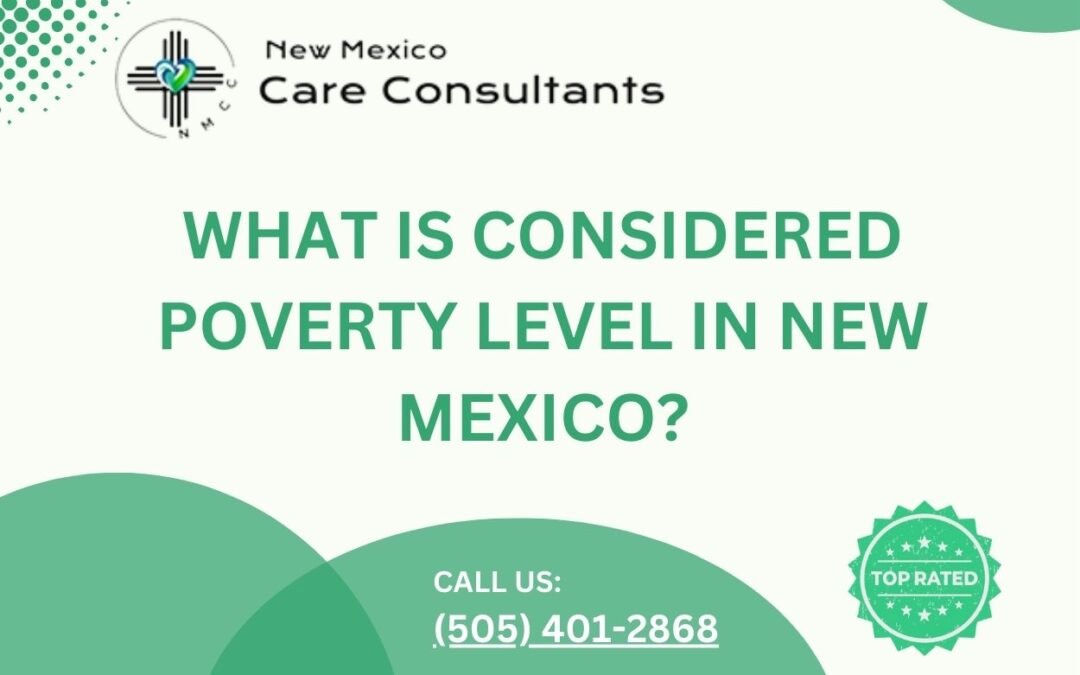Understanding the poverty level in New Mexico is crucial for policymakers, community organizations, and individuals seeking to address economic disparities and promote financial well-being. The poverty level is determined by the federal government and serves as a benchmark to assess eligibility for various assistance programs. In the context of New Mexico, as of my last knowledge update in January 2023, the federal poverty guidelines are used to establish the poverty level.
Federal Poverty Guidelines:
The federal poverty guidelines are issued annually by the U.S. Department of Health and Human Services (HHS). These guidelines take into account factors such as household size and are used to determine eligibility for federal assistance programs like Medicaid, the Supplemental Nutrition Assistance Program (SNAP), and others.
As of the most recent update in 2022, the federal poverty guidelines for the 48 contiguous states and Washington, D.C., consider the following income thresholds for the poverty level:
- For a household of one person: The poverty threshold is $12,880 annually.
- For a household of two people: The threshold is $17,420 annually.
- For a household of three people: The threshold is $21,960 annually. These figures increase with each additional household member. It’s important to note that Alaska and Hawaii have separate, higher poverty guidelines due to their higher costs of living.
Poverty Level in New Mexico:
New Mexico, like other states, adheres to the federal poverty guidelines to assess eligibility for various assistance programs. However, the cost of living can vary from state to state, and what is considered poverty-level income may not fully capture the economic realities of a specific region.
In New Mexico, factors such as the state’s economic conditions, employment opportunities, and housing costs contribute to the overall financial landscape. The poverty level in New Mexico is reflective of both urban and rural areas, each facing unique challenges.
Challenges and Economic Realities in New Mexico:
- Rural Poverty:
New Mexico has a significant rural population, and residents in rural areas may face distinct economic challenges. Limited job opportunities, lack of infrastructure, and reduced access to essential services can contribute to higher poverty rates in these regions.
- Educational Attainment:
Educational attainment plays a crucial role in economic stability. Areas with lower levels of educational attainment may experience higher poverty rates. Investing in education and vocational training can be instrumental in addressing this aspect of poverty.
- Healthcare Access:
Access to affordable healthcare is a key component of financial stability. In regions where healthcare access is limited, individuals and families may struggle with medical expenses, impacting their overall economic well-being.
- Housing Affordability:
The cost of housing in New Mexico, as in many parts of the country, can be a significant financial burden. High housing costs relative to income can contribute to poverty, particularly for low-wage workers and those with fixed incomes.
Addressing Poverty in New Mexico:
- Economic Development:
Fostering economic development initiatives can create job opportunities, especially in sectors that align with the state’s strengths. Encouraging entrepreneurship and supporting local businesses contribute to a more robust economy.
- Education and Workforce Training:
Investing in education and workforce training programs enhances employability and opens doors to higher-paying jobs. This can break the cycle of poverty by providing individuals with the skills needed for sustainable employment.
- Healthcare Access:
Improving access to healthcare services, particularly in underserved areas, ensures that individuals can address health issues without incurring exorbitant costs. This contributes to overall financial stability.
- Affordable Housing Initiatives:
Implementing policies and programs that promote affordable housing can alleviate one of the significant financial burdens faced by individuals and families. This includes initiatives to increase the availability of affordable rental units and support for first-time homebuyers.
- Community Support Programs:
Strengthening community support programs, including food assistance, childcare support, and mental health services, can provide a safety net for individuals and families facing economic challenges.
Conclusion:
Understanding the poverty level in New Mexico involves considering both the federal poverty guidelines and the unique economic dynamics of the state. While the federal guidelines provide a standardized measure, addressing poverty in New Mexico requires a comprehensive approach that considers local conditions, employment opportunities, educational access, and healthcare affordability. By implementing targeted strategies that address these factors, New Mexico can work towards fostering economic resilience and improving the overall well-being of its residents. Continued collaboration between policymakers, community organizations, and residents is essential to creating sustainable solutions and reducing poverty in the state. Additionally, individuals should be aware of available resources, including financial assistance programs, to navigate economic challenges effectively. This awareness is crucial, especially for those seeking support in covering essential expenses, including the average monthly cost for assisted living New Mexico.

